Tiny House
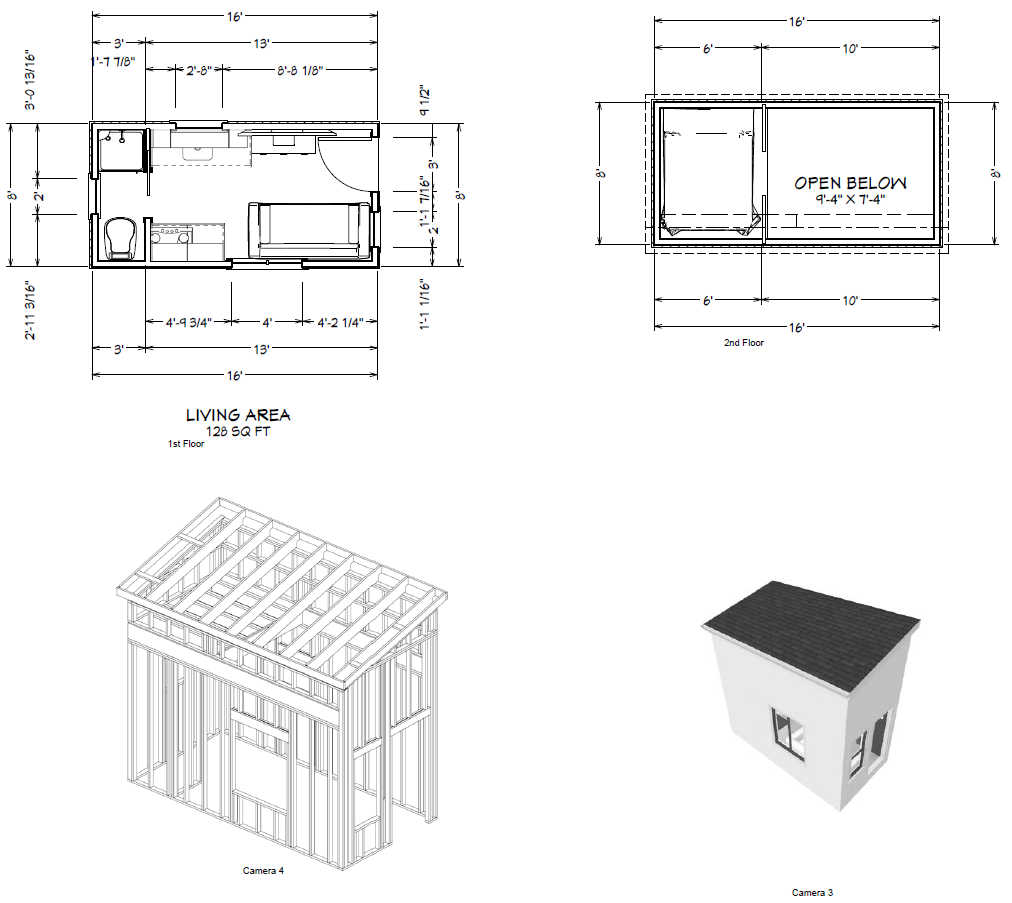
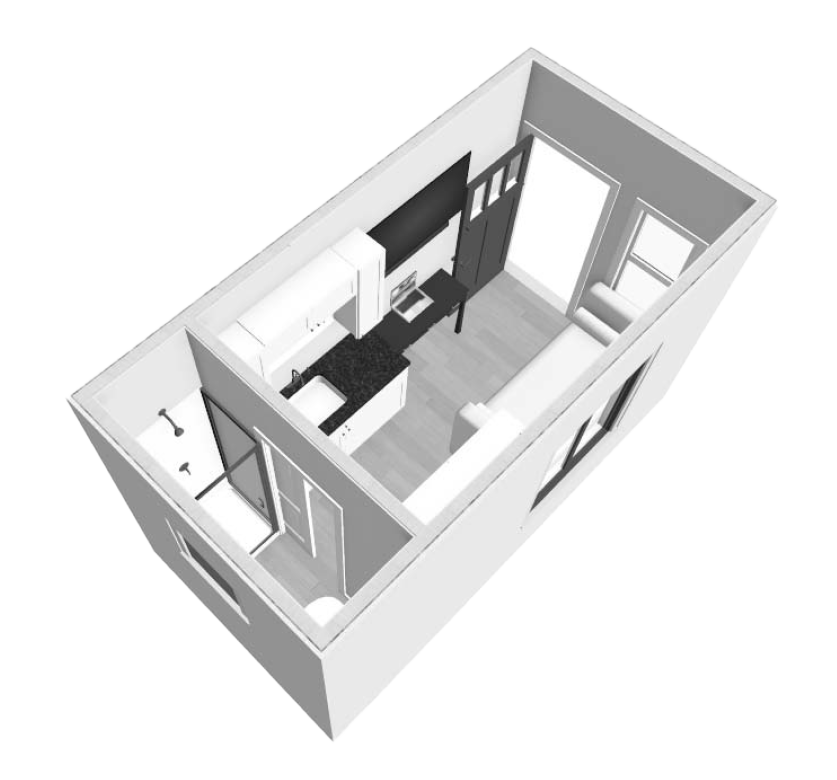
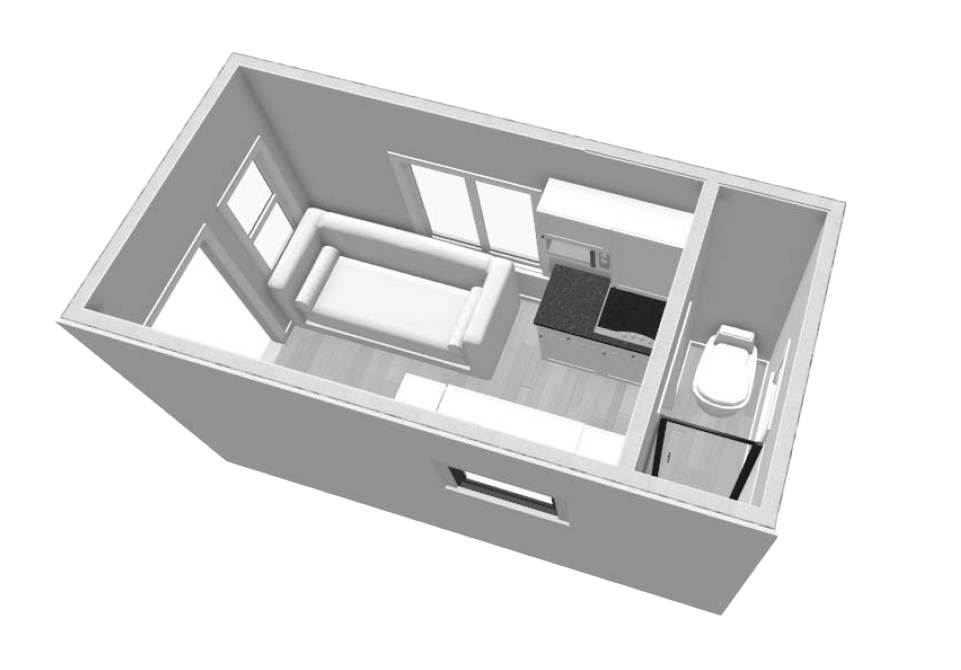
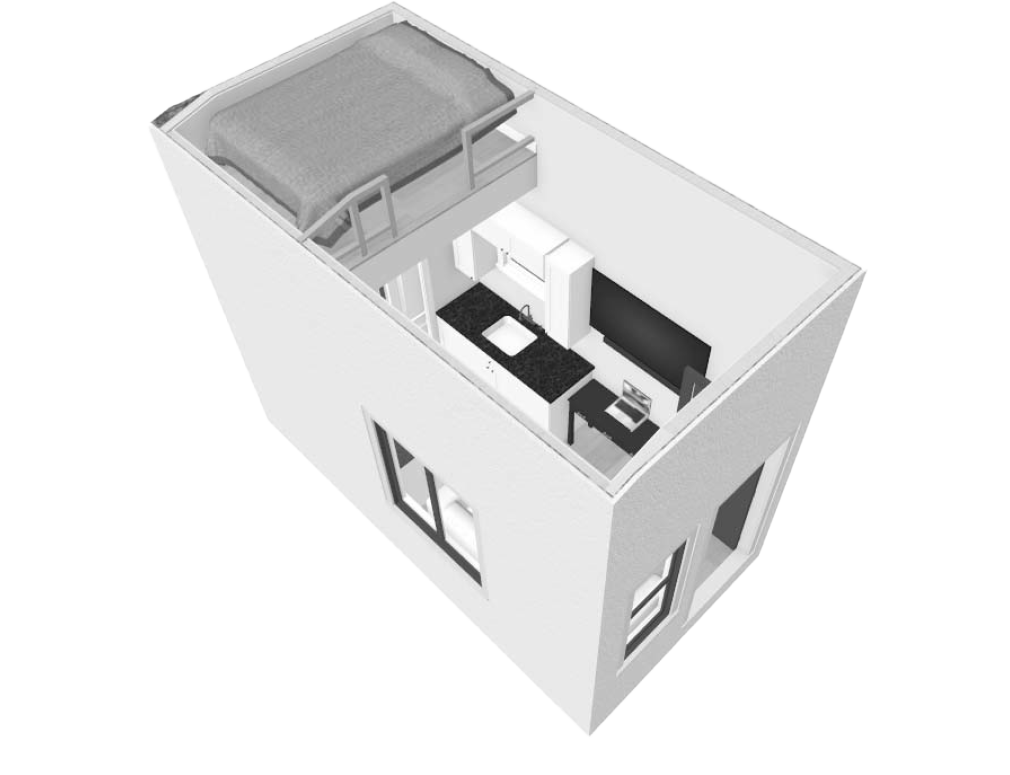
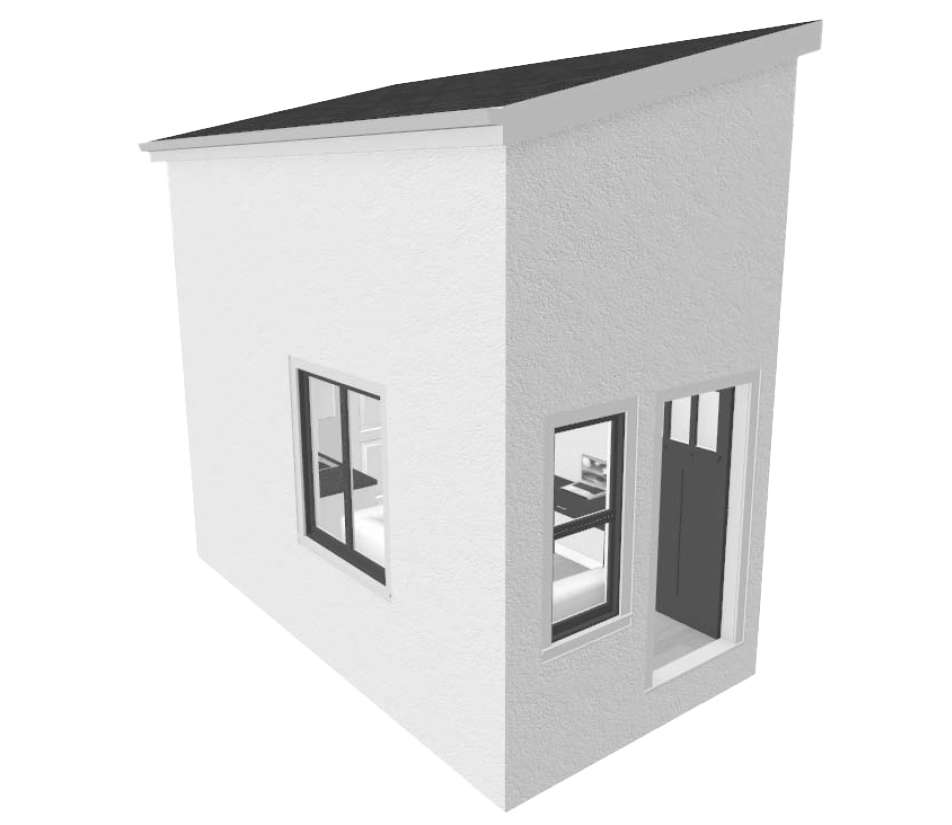
A tiny house, also known as a tiny home or a small house, is a compact dwelling that typically ranges between 100 to 400 square feet in size. These houses are designed to maximize space utilization and offer a simpler and more minimalist lifestyle. Here are some advantages of living in a tiny house:
1. Affordability:
Tiny houses are often more affordable than traditional homes. They require less building materials, use fewer resources during construction, and have lower utility costs. They can be a great option for people looking to downsize or reduce their expenses.
2. Mobility and Flexibility:
Many tiny houses are built on wheels, allowing them to be easily transported. This mobility provides flexibility and the ability to change locations if desired. It’s especially appealing for those who enjoy traveling or want to explore different areas without committing to a permanent residence.
3. Minimal Environmental Impact:
Due to their smaller size, tiny houses have a smaller ecological footprint. They require less energy for heating, cooling, and lighting, and they consume fewer resources during construction. Additionally, tiny house living often encourages a simpler lifestyle that promotes sustainability and conscious consumption.
4. Simplified Living:
Living in a tiny house requires downsizing and getting rid of unnecessary possessions. This minimalistic approach can lead to less clutter, reduced stress, and a focus on experiences and relationships rather than material possessions. It can also promote organization and creativity in utilizing limited space efficiently.
5. Financial Freedom:
Tiny house living allows for financial freedom and reduced financial burdens. With lower expenses, individuals can save money, pay off debts, or pursue other goals and passions. The reduced financial strain can lead to a more fulfilling and less stressful lifestyle.
6. Increased Energy Efficiency:
Tiny houses are typically well-insulated and have smaller spaces to heat or cool, resulting in lower energy consumption. They often utilize energy-efficient appliances, lighting, and alternative energy sources like solar panels. These energy-saving features can lead to reduced utility bills and a smaller carbon footprint.
7. Customization and Personalization:
Despite their small size, tiny houses can be designed to meet individual needs and preferences. They offer an opportunity for creative and unique interior layouts, storage solutions, and design elements. Many tiny house owners take pride in customizing their homes to reflect their personality and optimize functionality.
It’s important to note that while there are numerous advantages to tiny house living, it may not be suitable for everyone. Factors such as local regulations, personal preferences, and family size should be considered before deciding to embrace the tiny house lifestyle.

Phone
- +1 403-910-5957
Address
Stock Exchange Tower
300 – 5th Avenue S.W.
Calgary, AB, T2P3C4
Hours
- Weekdays - 8AM to 5PM
- Weekend - Holiday